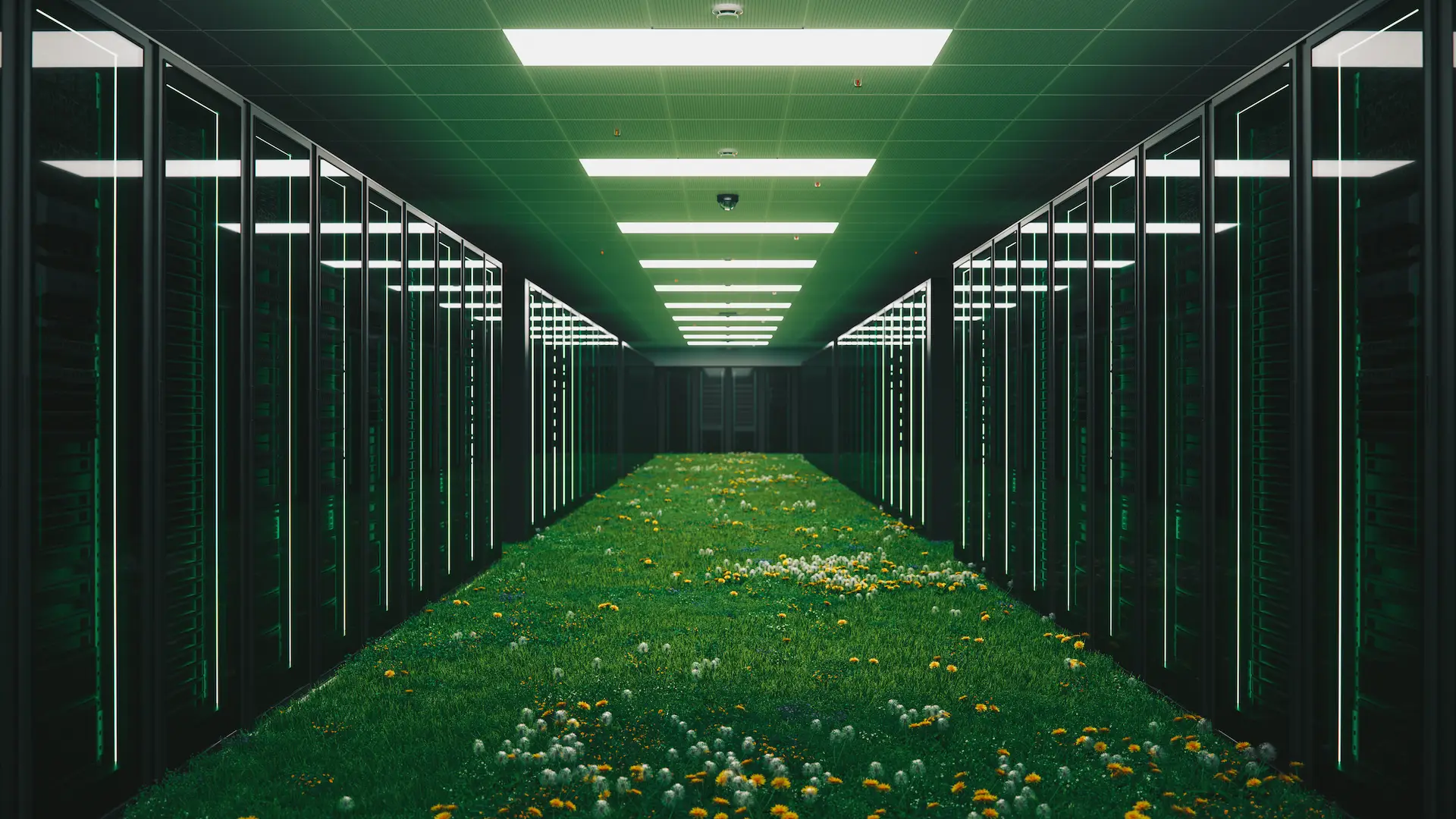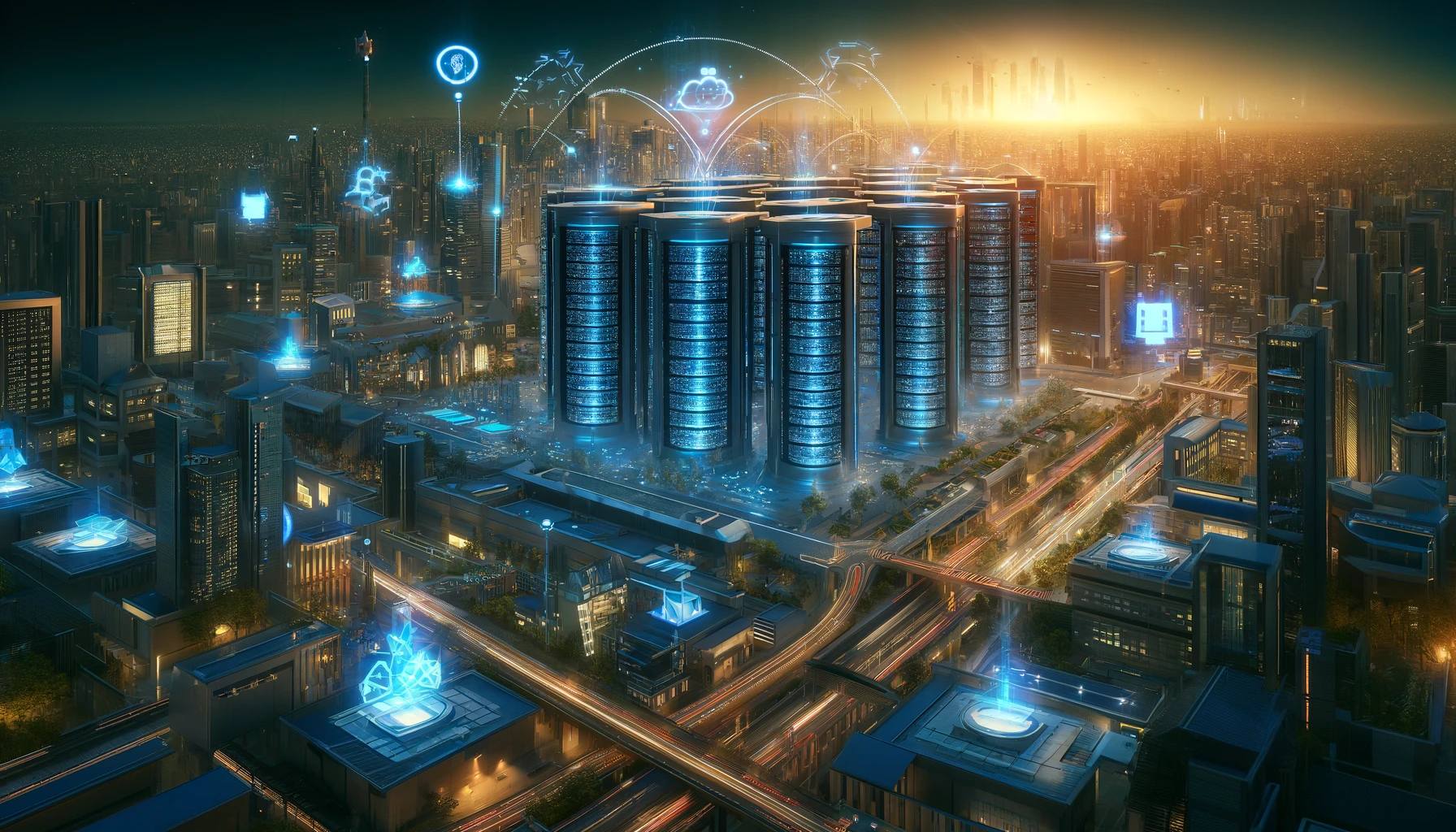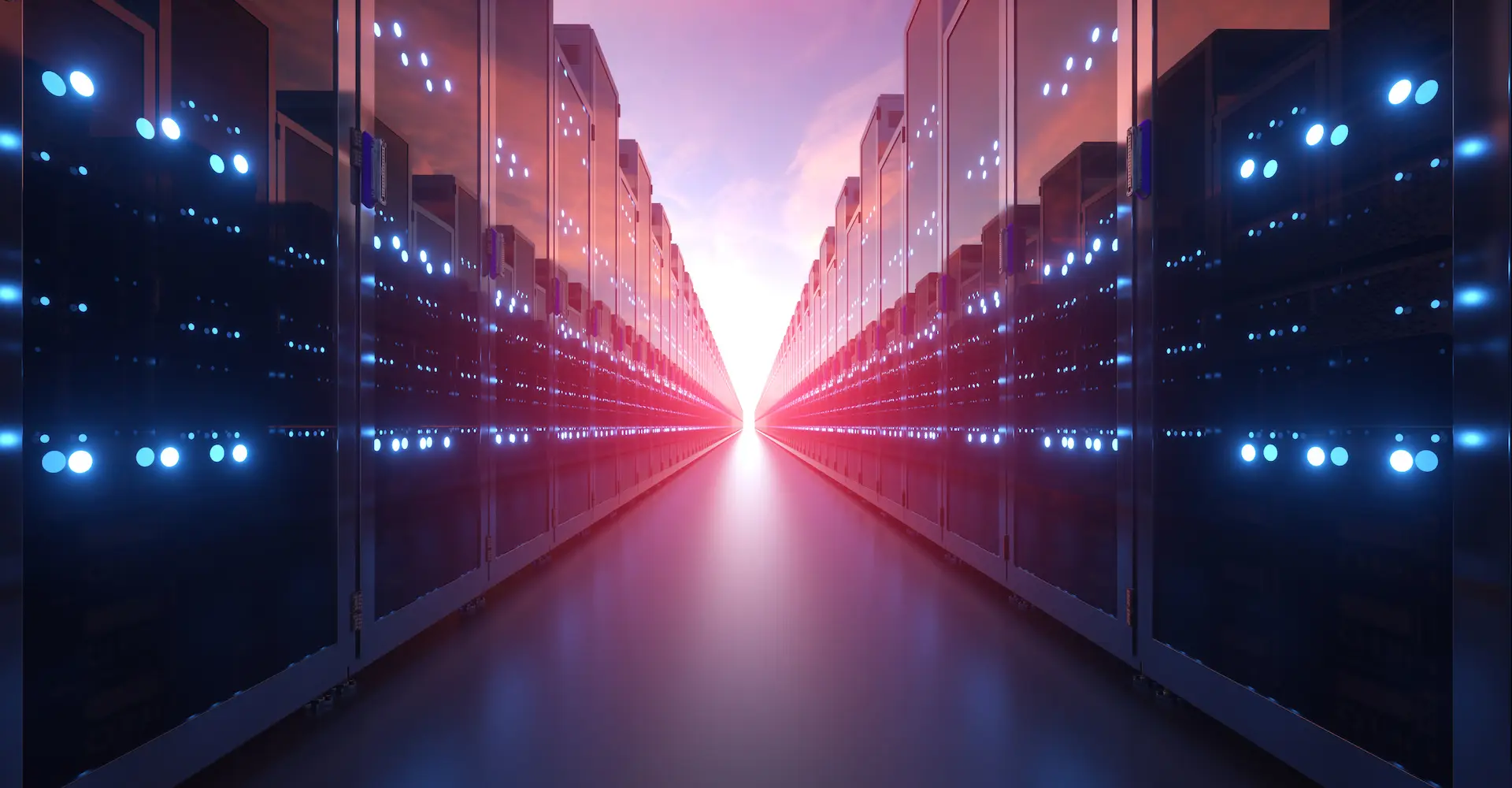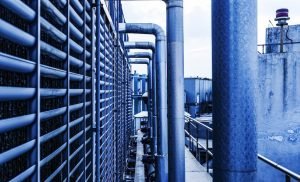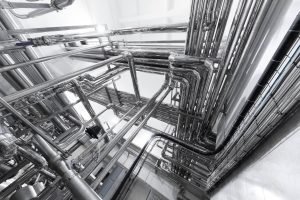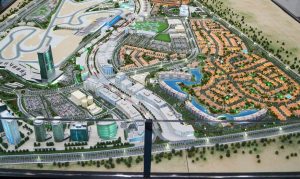Guiding Data Centers Toward Green Horizons, Balancing Efficiency and Sustainability for a Bright Digital Future!
A Series Of Articles In Data Center Efficiency and Sustainability
Data centers play a pivotal role in our digital-driven world, and measuring their efficiency and sustainability is critical for mitigating their environmental impact. Three key metrics – Carbon Usage Effectiveness (CUE), Power Usage Effectiveness (PUE), and Water Usage Effectiveness (WUE) – are central to this evaluation.
This series of articles delves into the realms of data center efficiency and sustainability, exploring the three pivotal metrics that gauge its environmental impact:
- Carbon Usage Effectiveness (CUE) is a metric that focuses on the carbon footprint of a data center, expressing the amount of carbon dioxide emitted per unit of IT energy consumption. By analyzing CUE, data center operators can gain insights into the environmental impact of their operations and implement strategies to minimize carbon emissions. Lower CUE values indicate more sustainable practices, aligning data center operations with global efforts to combat climate change.
- Power Usage Effectiveness (PUE) is another crucial metric that assesses the energy efficiency of a data center. PUE represents the ratio of the total energy consumed by the data center to the energy consumed by the IT equipment. A PUE value of 1.0 indicates maximum efficiency, where all energy is used to power IT equipment. As PUE increases beyond 1.0, it signifies a higher proportion of energy being used for non-computing activities, highlighting inefficiencies. Lowering PUE values enhances energy efficiency, reducing overall operational costs and environmental impact.
- Water Usage Effectiveness (WUE) evaluates the efficiency of water consumption in data center cooling processes. It quantifies the amount of water used per unit of IT energy consumption. Optimizing WUE involves implementing water-efficient cooling systems and considering alternative water sources, contributing to sustainable water management practices. Monitoring and improving these three metrics collectively provide a holistic approach to enhancing data center efficiency while aligning with global sustainability goals.
Introduction
In the pursuit of sustainable technological solutions, data centers have become focal points for scrutiny due to their environmental impact. Carbon Usage Effectiveness (CUE) has emerged as a critical metric in this context, measuring the carbon footprint of data centers and providing insights into their efficiency and sustainability practices.
Definition
Carbon Usage Effectiveness (CUE) is a metric designed to quantify the amount of carbon dioxide emissions produced per unit of IT energy consumption within a data center. Essentially, CUE assesses how efficiently a data center converts energy into digital services while considering the associated carbon emissions.
Industry Standards
As the need for standardized metrics in the tech industry grows, organizations like The Green Grid and the U.S. Environmental Protection Agency (EPA) have contributed to the development of CUE as a recognized standard for measuring and improving the environmental performance of data centers.
Best Practices
- Energy-Efficient Hardware: Investing in energy-efficient servers and infrastructure components.
- Renewable Energy Sources: Transitioning to renewable energy to power data center operations.
- Efficient Cooling Systems: Implementing advanced cooling technologies to reduce energy consumption.
- Regular Energy Audits: Conducting regular audits to identify and rectify energy inefficiencies.
- Virtualization: Utilizing virtualization technologies to optimize server utilization and reduce energy demand.
Conclusion
Carbon Usage Effectiveness (CUE) stands at the forefront of metrics shaping the green transformation of data centers. In an age where environmental consciousness is paramount, CUE guides the industry towards sustainable practices, encouraging the optimization of energy use and the reduction of carbon footprints in data center operations. As organizations increasingly prioritize eco-friendly solutions, CUE becomes not only a metric but a beacon guiding data centers towards a greener, more sustainable future.
Frequently Asked Questions on CUE
The Green Grid and the U.S. Environmental Protection Agency are key contributors.



